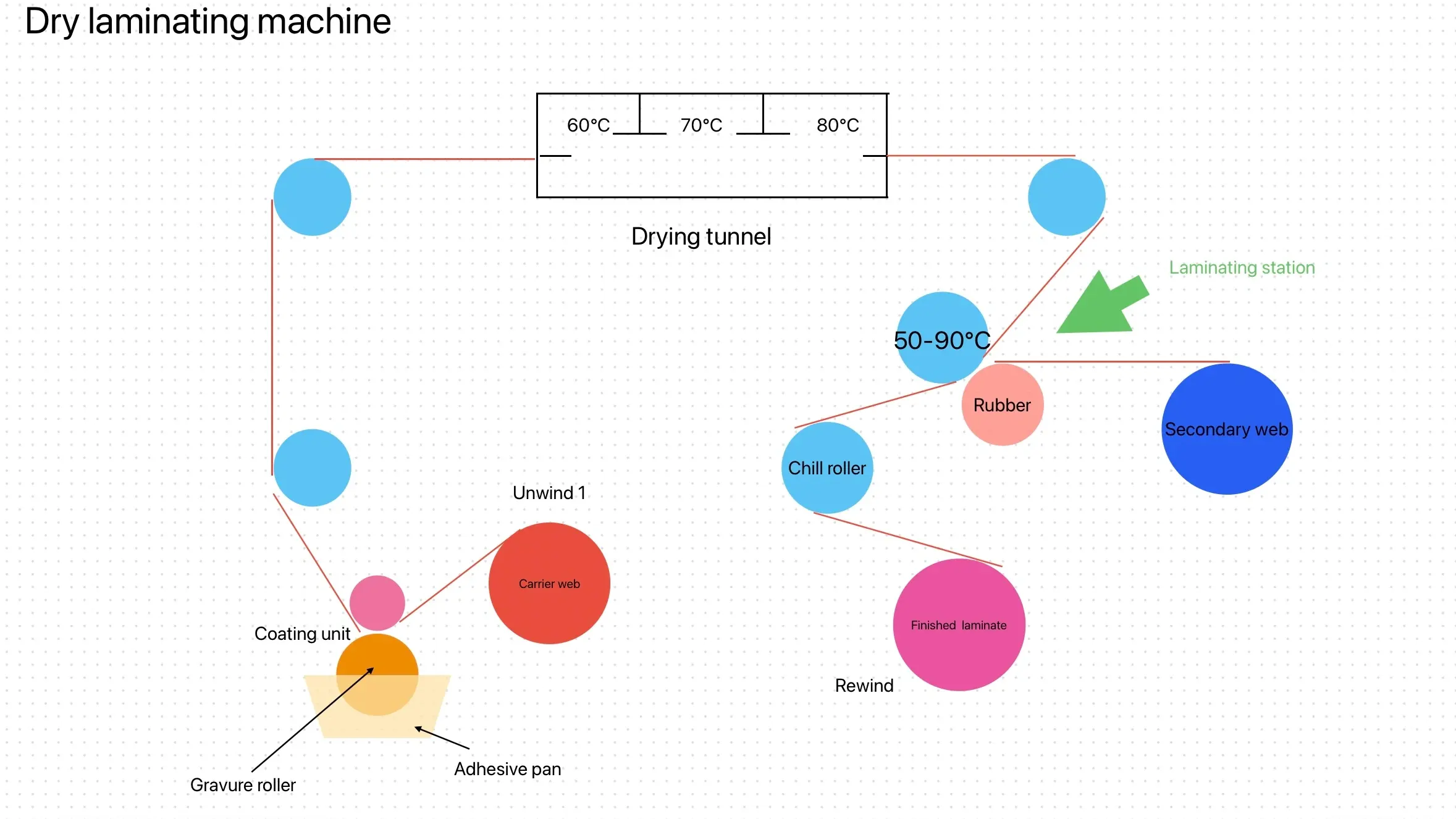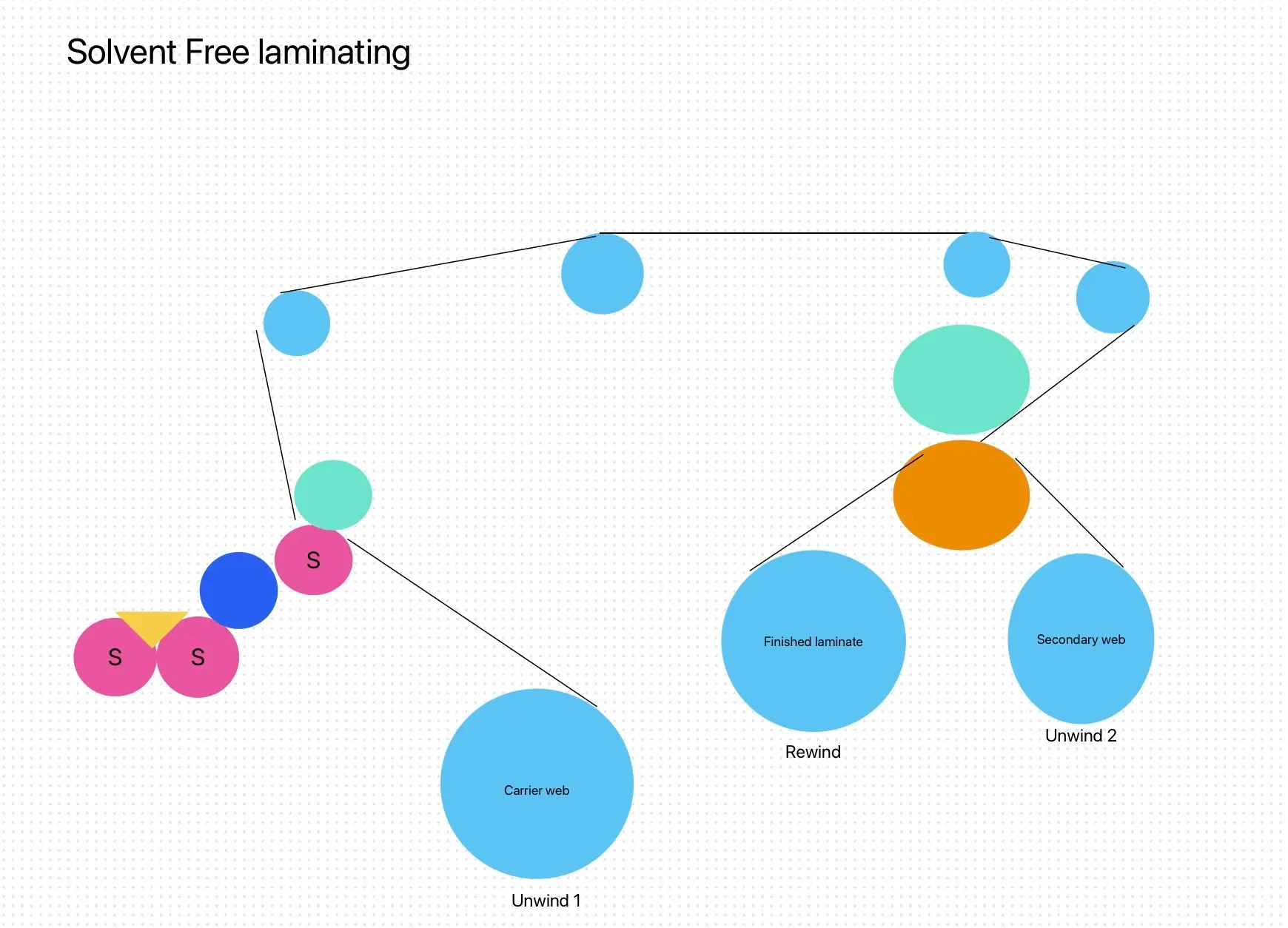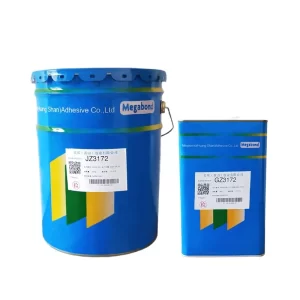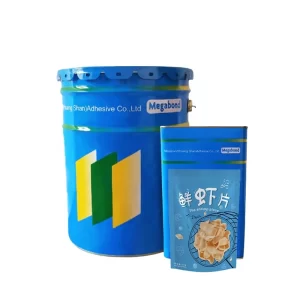In the world of food packaging, pharmaceuticals, and medical device industries, packaging materials and adhesives play a critical role in ensuring the safety, integrity, and quality of products. One of the key challenges faced by packaging materials is the need for resistance to various sterilization processes, particularly steaming sterilization. Steaming sterilization is a widely used method in industries to eliminate microbial contaminants from products, ensuring they are safe for consumption or medical use. However, the high temperature and moisture involved in steaming sterilization can have a significant impact on packaging adhesives.
This article delves into the concept of steaming sterilization resistance package adhesives, exploring the factors that influence adhesive performance under such conditions and why selecting the right adhesive is crucial for the durability and effectiveness of packaging.
What Is Steaming Sterilization?
Steaming sterilization, also known as steam autoclaving, is a process where products are exposed to high-pressure steam at temperatures typically ranging between 121°C to 134°C for a specified period. This method is widely used because it is effective in killing bacteria, viruses, fungi, and other harmful microorganisms without using harsh chemicals.
In food packaging, this sterilization method is commonly used for items like canned foods, ready-to-eat meals, and beverages. In the medical industry, it’s used for sterilizing medical devices, surgical instruments, and some pharmaceuticals. While steaming sterilization ensures product safety, the harsh conditions of heat and moisture can weaken or degrade the adhesive used in packaging materials, posing a risk to the overall integrity of the packaging.
Challenges Posed by Steaming Sterilization on Packaging Adhesives
Adhesives are essential for bonding materials such as plastic, foil, paper, or film used in packaging. During the steaming sterilization process, adhesives can be subjected to extreme conditions that include:
- Heat Exposure: The high temperature used during steaming sterilization can soften or weaken some adhesives, leading to adhesive failure, delamination, or loss of bond strength.
- Moisture: Steam introduces significant moisture, which can cause many adhesives to lose their structural integrity. Moisture may break down certain types of adhesives, leading to peeling, blistering, or weakening of the bond.
- Chemical Degradation: Some adhesives may break down chemically when exposed to the high-pressure steam, especially if they are not formulated to withstand such harsh conditions.
- Physical Changes: Prolonged exposure to steam may cause certain adhesives to expand, shrink, or become brittle, further compromising the adhesive bond and the structural integrity of the package.
Thus, a packaging adhesive that is not resistant to steaming sterilization will fail to perform as expected, potentially resulting in compromised packaging, spoilage of products, or contamination risks.
The Importance of Steaming Sterilization Resistance in Packaging Adhesives
The need for steaming sterilization resistance in packaging adhesives cannot be overstated. In industries where hygiene and safety are paramount, like food and pharmaceuticals, the packaging must remain intact and functional even after exposure to extreme conditions like steaming sterilization. A strong, moisture-resistant, and heat-tolerant adhesive ensures that the packaging maintains its integrity throughout the sterilization process, helping to:
- Preserve Product Quality: Packaging that fails due to weak adhesives can lead to contamination or spoilage of products. Steaming sterilization-resistant adhesives ensure that the package remains sealed and effective, preserving the freshness and safety of food or pharmaceutical products.
- Enhance Product Safety: In medical applications, the failure of packaging adhesives during sterilization can lead to breaches in the sterility of medical devices. The right adhesive ensures that medical packaging remains sterile throughout its shelf life.
- Extend Shelf Life: Packaging that resists degradation from steam and heat provides a longer shelf life for products, reducing waste and ensuring that the packaged goods remain safe for consumers for longer periods.
- Compliance with Regulations: Many industries are heavily regulated in terms of packaging materials, particularly in food and medical sectors. Using adhesives that are resistant to steaming sterilization ensures compliance with industry standards and certifications.
Factors to Consider When Choosing a Steaming Sterilization-Resistant Adhesive
When selecting adhesives for packaging applications that will undergo steaming sterilization, several factors should be taken into account:
- Adhesive Composition: The composition of the adhesive plays a major role in its resistance to heat and moisture. Solvent-based adhesives, for example, are more likely to degrade under high temperatures and moisture than hot-melt adhesives or pressure-sensitive adhesives designed for high-performance applications.
- Thermal Stability: Look for adhesives that maintain their bond strength at elevated temperatures. Specialized adhesives, such as those made from polyurethane or silicone-based materials, are known for their excellent thermal stability and are commonly used in applications requiring steaming sterilization resistance.
- Moisture Resistance: In addition to heat tolerance, the adhesive must be able to resist moisture without losing its bonding ability. Polyurethane, epoxy, and certain acrylic adhesives are often formulated with moisture resistance in mind.
- Curing Time: Adhesives that cure too slowly may not withstand the rapid temperature and pressure changes in a steam sterilization process. Fast-curing adhesives are often more effective in packaging applications that require quick stabilization after the sterilization process.
- Cost and Performance Trade-offs: While high-performance adhesives are available, they may come at a premium price. It’s important to balance the cost of the adhesive with the level of performance required for the packaging application. In critical applications like medical packaging, investing in a more durable adhesive is often justified.
Conclusion
In conclusion, steaming sterilization resistance in packaging adhesives is crucial for maintaining the structural integrity of packaging materials that will be exposed to high temperatures and moisture during sterilization. As industries continue to rely on steaming sterilization to ensure the safety and hygiene of food, pharmaceuticals, and medical devices, the role of adhesives that can withstand these harsh conditions becomes even more important.
By selecting adhesives with the right thermal stability, moisture resistance, and chemical durability, manufacturers can ensure that their packaging performs reliably, maintaining product safety and quality throughout the sterilization process.
Discover our steaming sterilization-resistant package adhesive,designed for superior performance in high temperature environments. Ideal for packaging that requires durability and strength during the sterilization process. Learn more at megabond-adhesive today!






